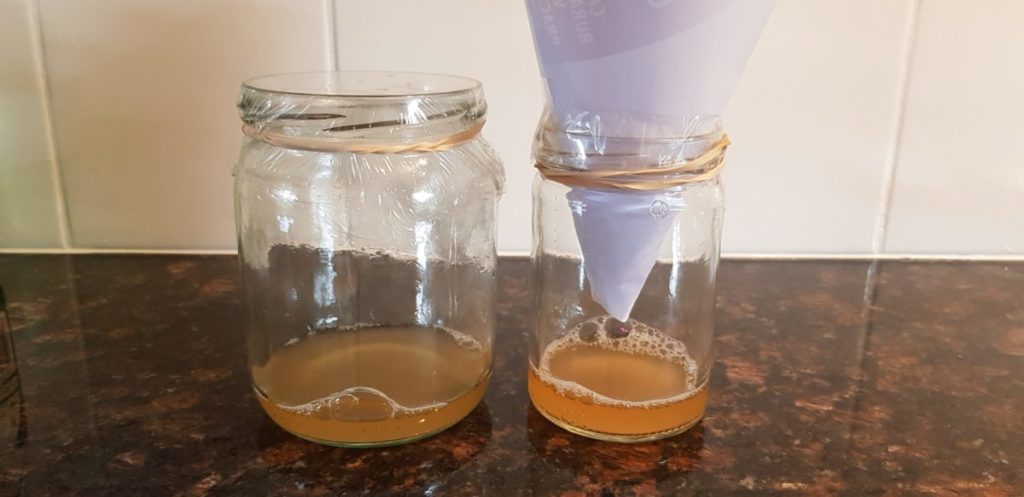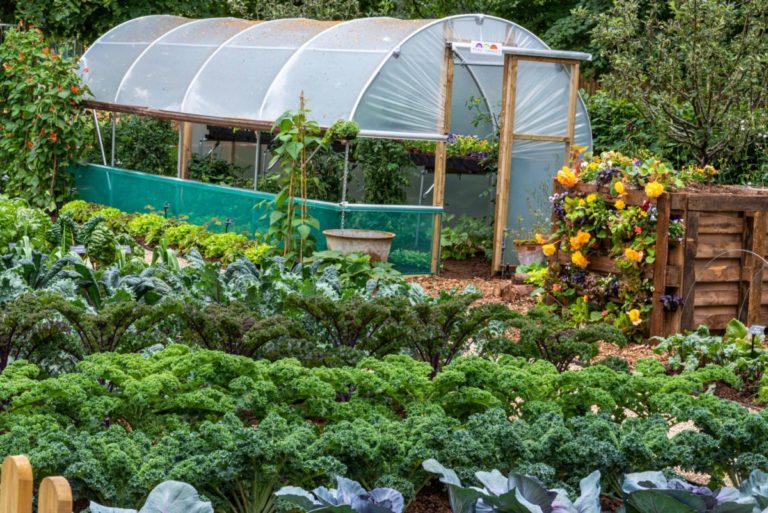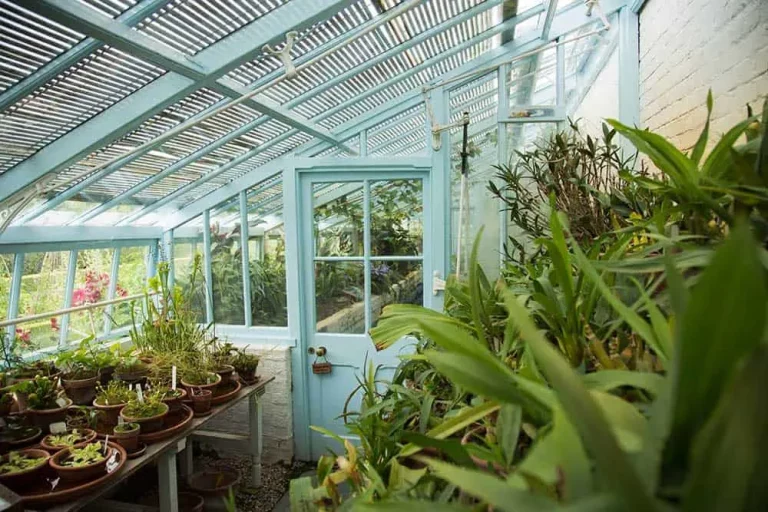Building an off-grid home requires attention to detail and resourcefulness.
One common challenge that many face is dealing with pesky flies in the kitchen or around livestock areas.
While commercial fly traps can be expensive and filled with harmful chemicals, there’s a simple solution: making your own homemade fly trap.
With just a few basic materials and some creativity, you can create an effective and eco-friendly way to keep flies at bay without harming the environment or your health.
Our guide will walk you through how to make a homemade fly trap for your off-grid home using simple, natural ingredients that are easy to find on the market.
With our instructions and some patience, you’ll be able to keep flies out of your space without relying on harsh chemicals or expensive commercial traps.
Let’s get started!
Choose the right location
Place the fly trap in an area where flies are most active, such as near food preparation areas, garbage cans, or pet food dishes.
To catch the most flies, you should place the trap in an area where these pesky insects are most active.
Some of the top locations include near food preparation areas, garbage cans, or pet food dishes.
By placing the trap in close proximity to these areas, you’ll increase your chances of capturing more flies.
This is because flies are naturally drawn to these areas in search of food, making it a prime location for trapping them.
Placing the trap near a source of heat or light can also help to attract more flies, as they are drawn to warm and bright areas.
So, be sure to place your fly trap in a strategic location to maximize your chances of catching these bothersome bugs.
Use a container
Choose a container that is at least 2-3 inches deep and has a wide mouth to allow for easy entry and exit of flies. Plastic bottles, jars, or buckets work well.
When it comes to creating an effective fly trap, choosing the right container is important.
A container that is at least 2-3 inches deep and has a wide mouth is ideal for easy entry and exit of flies.
Plastic bottles, jars, or buckets are great options as they are inexpensive, easy to clean, and can be reused multiple times.
The wide mouth of these containers allows flies to easily enter and exit, increasing the chances of capturing more flies.
The deep container provides enough space for the flies to fly around and get trapped, making it a more effective fly trap.
It is important to note that the container should be made of a material that is non-toxic and safe for use with food, such as plastic or glass.
By using a container with these specifications, you can create a simple and effective fly trap that will help keep your home or garden free of pesky flies.
Add bait
Use a sweet, sticky substance like honey, sugar water, or fruit juice as bait to attract flies. You can also use vegetable scraps or meat to attract other types of flies.
When it comes to attracting flies, a sweet and sticky substance like honey, sugar water, or fruit juice is the way to go.
Not only do these substances taste delicious to flies, but they also provide a convenient source of nutrients for them to feast on.
Simply apply a small amount of your chosen bait to a fly trap or surface, and watch as the flies flock to it.
If you’re looking to attract a different type of fly, such as one that feeds on vegetable scraps or meat, you can use those materials as bait instead.
For example, if you’re trying to catch houseflies, you can use rotting fruit or vegetables as bait.
And if you’re after blowflies, you can use raw meat or fish guts to lure them in.
By using the right bait for the type of fly you’re after, you’ll be well on your way to catching plenty of them in no time!
Add a funnel
Create a funnel using a paper cone or a piece of paper to guide the flies into the trap. This will increase the chances of catching more flies.
This will increase the chances of catching more flies
To maximize the effectiveness of your homemade fly trap, consider adding a funnel to guide more flies into the trap.
A simple funnel can be made from a paper cone or a piece of paper, and it will help direct more flies into the trap, increasing your chances of catching more of these pesky pests.
Simply place the funnel over the top of the trap, making sure that the narrow end is positioned over the bait.
This will create a slippery slope that the flies will have difficulty climbing back up, leading them directly into the trap.
With this added feature, you can increase your catch and say goodbye to those bothersome flies once and for all.
Add a sticky surface
Use a sticky surface like glue, tree resin, or corn syrup to trap the flies. You can coat the inside of the container with the sticky substance or attach it to a piece of cardboard or paper and place it inside the container.
To add a sticky surface to your fly trap, you have several options to choose from.
One popular choice is tree resin, which can be purchased at most craft stores or online.
Another option is corn syrup, which can be found in most grocery stores.
You can also use glue, such as hot glue or super glue, but be sure to use a type that is safe for use with food and children.
Once you have chosen your sticky surface, you can coat the inside of the container with it.
Simply dip a brush or your finger into the substance and apply it evenly to the inside of the container.
Be sure to cover the entire surface, as any areas left uncoated may not trap the flies effectively.
Alternatively, you can attach the sticky surface to a piece of cardboard or paper and place it inside the container.
This can be a good option if you want to be able to remove the sticky surface for easy cleaning or if you want to create a more targeted trap.
Regardless of which sticky surface you choose, it is important to use it sparingly and only on the inside of the container.
This will help to prevent the flies from escaping and will also help to keep the container clean and easy to maintain.
By adding a sticky surface to your fly trap, you can greatly increase your chances of catching and removing the pesky insects from your home or garden.
Use a fan
If you live in a humid climate, consider using a fan to blow flies into the trap. This will increase the chances of catching more flies.
If you reside in a humid climate, using a fan can be a game-changer when it comes to catching more flies in your sticky trap.
By directing a gentle flow of air towards the trap, you can effectively blow flies into the sticky surface, increasing your chances of capturing more of these bothersome pests.
This simple yet effective technique can be especially useful during hot and humid summer months when flies are more active and prevalent.
To use a fan effectively, position it so that the air flow is directed towards the center of the trap, where the flies are most likely to be attracted to the sticky surface.
You can also experiment with different fan settings and angles to find the most effective configuration for your specific situation.
By incorporating a fan into your sticky trap setup, you can catch more flies and enjoy a more comfortable and fly-free living space.
Keep it clean
Empty the trap frequently to prevent the buildup of dead flies and maintain its effectiveness.
To ensure the optimal performance of your fly trap, it is important to keep it clean and empty it frequently.
Dead flies can accumulate in the trap, causing the sticky surface to become less effective over time.
If you fail to empty the trap regularly, the sticky surface may become covered in dead flies, which can make it more difficult to catch new flies.
Moreover, the buildup of dead flies can also create an ideal breeding ground for bacteria and fungi, which can contaminate the trap and compromise its effectiveness.
To avoid these issues, it is recommended to empty the trap daily and clean it thoroughly with soap and water.
By doing so, you can maintain the effectiveness of your fly trap and keep it in good condition for a longer period.
Be patient
It may take some time to catch a significant number of flies, so be patient and persistent in your efforts. You can also try different variations of the trap to see what works best for your situation.
When it comes to catching flies with a homemade trap, patience is key.
It may take some time to catch a significant number of flies, so be prepared to invest time and effort into your trap.
This is especially true if you’re using a new or untested design, as it may take some trial and error to get it right.
However, with persistence and a little creativity, you can refine your trap and improve its effectiveness over time.
Try experimenting with different materials, designs, and placement strategies to see what works best for your situation.
Be patient with the flies themselves, as they may be slower to be attracted to the trap at first.
With consistent effort and patience, you can successfully capture a significant number of flies and minimize their presence in your home or workspace.
Want More? Dive Deeper Here!
Hey there! If you’re the type who loves going down the rabbit hole of information (like we do), you’re in the right spot. We’ve pulled together some cool reads and resources that dive a bit deeper into the stuff we chat about on our site. Whether you’re just killing time or super into the topic, these picks might just be what you’re looking for. Happy reading!






